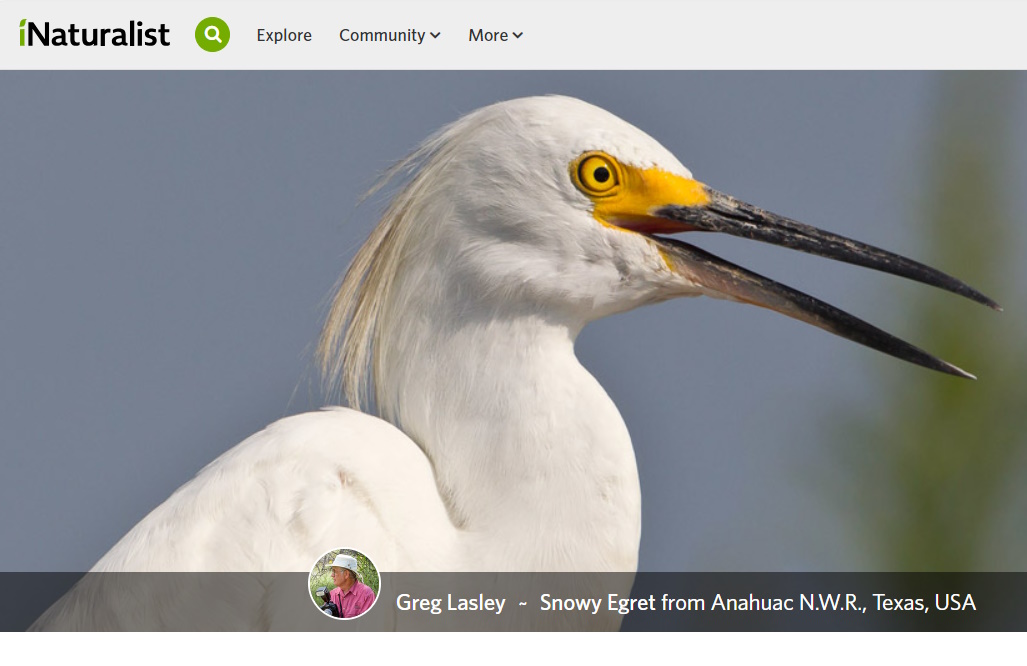This is the 9th annual City Nature Challenge (CNC) where outdoor enthusiasts who are aspiring community scientists, nature and science fans, and folks of all ages backgrounds to seek out and document the wild animals, plant life and fungi they see in within the city limits with a photo of the species and submit it to a free mobile app like iNaturalist.
The world-wide event started yesterday, April 26th in each time zone and runs through 11:59 pm on Monday, April 29th. Then, from Tuesday, April 30 through Sunday, May 5 the online community will collaborate to identify species that were photographed during the Challenge, with the total number of observations and highlights from around the world announced on Monday, May 6.
“As scientists increasingly rely on community-generated data, it is more important and impactful than ever to document nature observations on community science platforms like iNaturalist,” shares Brandon City Nature Challenge Coordinator, Sherry Punak-Murphy.
Murphy is also Chair of Bee City Brandon. She was invited to join in on the challenge from friends in Winnipeg who participated in the challenge. This is Brandon’s 3rd year in the CNC.
“From a study on bees in urban environments to a revision of the global biogeography of plants, 890 studies were published using iNaturalist data in 2023,” she says. “This data helps policymakers make informed conservation decisions that enable humans to coexist with the wildlife around them and view themselves as a part of, not apart from, nature.”
Murphys says last year’s four-day Challenge included over 66,000 participants across more than 450 cities around the world to observe and submit pictures of wildlife they encountered. Participants added over 1.87 million observations of nature to iNaturalist, and scientists continue to use these data to understand and conserve urban wildlife.
It’s important to note that the number of participating cities grew from 450 in 2023 to more than 675 in 2024—one of the biggest jumps in CNC history. This significant uptick is the result of a network of organizers in India who are bringing 206 new projects to the global effort.
And while Canadian cities will compete against each other to see which one can engage the most people and accumulate the highest number of observations, over the four days, the collective number will represent Canada’s total in the international competition.
Last year nearly 1.9 million observations were made, and more than 57,000 species were identified including rare, endangered, or threatened species. In Canada, 74,972 observations were made of 4,433 species.
“Calgary earned top honors with 9,185 observations while Victoria tracked the greatest variety of observations with 1,414. This year’s event runs in two parts: recording observations from April 26 – 29 and identifying observations April 30 – May 5,” adds Murphy.
The City Nature Challenge was established by the California Academy of Sciences and Natural Museum of Los Angeles in 2016.
For more information, and a list of Canadians cities competing in 2024 visit www.citynaturechallenge.ca. You can also contribute using iNaturalist all year by joining CWF’s Observation Nation project.
How to Participate
For both budding and veteran community scientists, participating is easy:
1. Find wildlife. It can be any wild plant, animal, fungi, slime mold, or any other evidence of life (scat, fur, tracks, shells, carcasses) found in your participating city. Check out this guide for tips on finding the surprisingly abundant biodiversity in and around your own home. 2. Take pictures and/or sound recordings of what you find using iNaturalist.
3. Learn more on iNaturalist as your observations get identified!
Sherry Punak-Murphy shares some highlights of 2023:
Scientists can’t be everywhere at once, so without community observations, they’d miss some incredible finds.
From an Indo-Pacific humpback dolphin in Hong Kong to a giant electric ray with albinism or leucism near Mexico’s Socorro Island, there were over 2,500 observations of rare and endangered species during last year’s CNC.
In La Paz, Bolivia—which tallied the highest number of observations for the second consecutive year—an observation of a small orchid previously only recorded in the nearby city of Cochabamba provided critical information about the plant’s range.
In Ukraine, one iNaturalist user documented the first observation of the palaearctic backspined meshweaver spider in the country.
And a recently caught bull shark in a local fish market in Thailand served as a reminder of the dangers of overfishing.
Many other endangered, endemic, or data deficient species were recorded during the CNC, an influx of information that gives scientists, educators, urban planners, and policymakers insight into the biodiversity of urban locales throughout the world.
Please listen to more with Sherry-Punak Murphy below!

